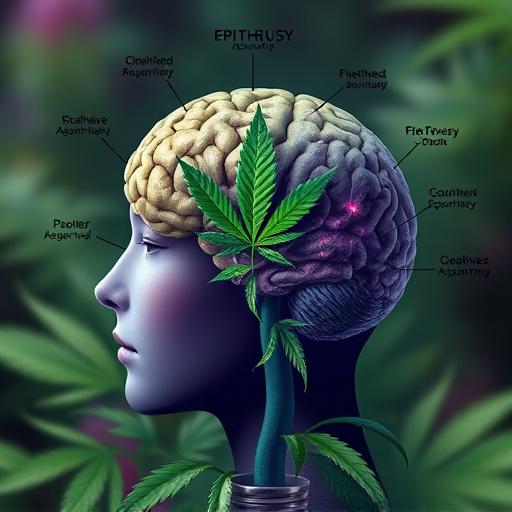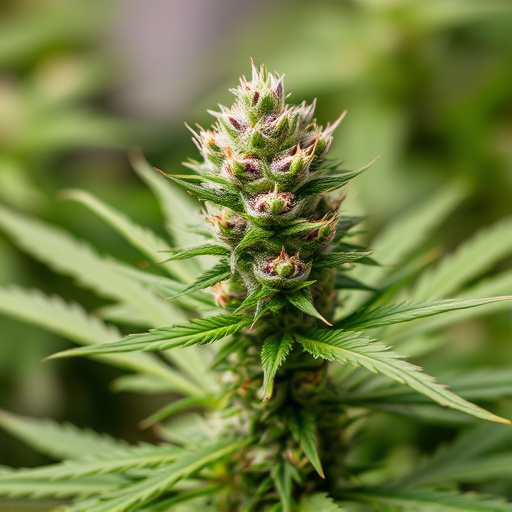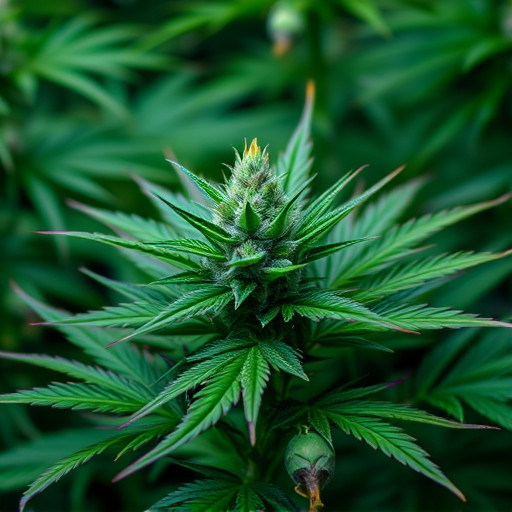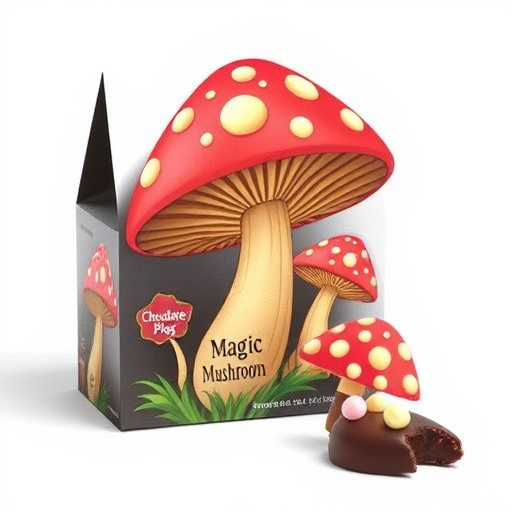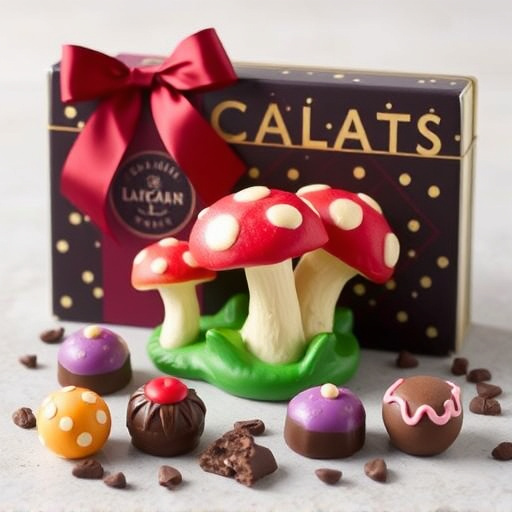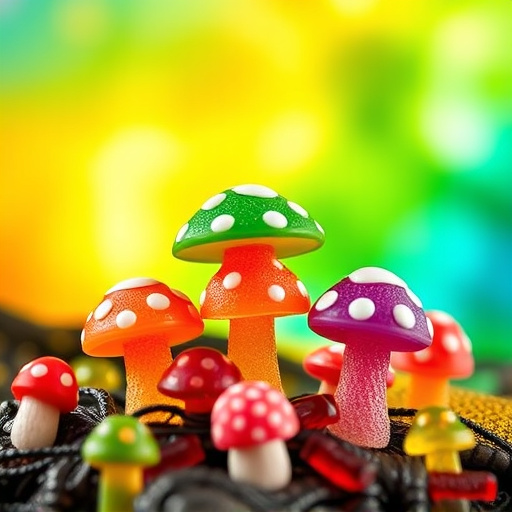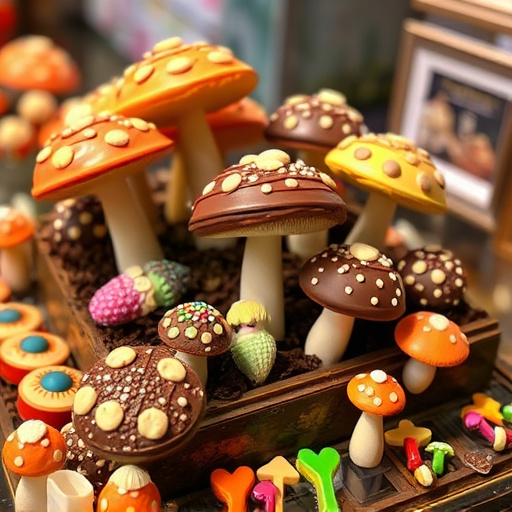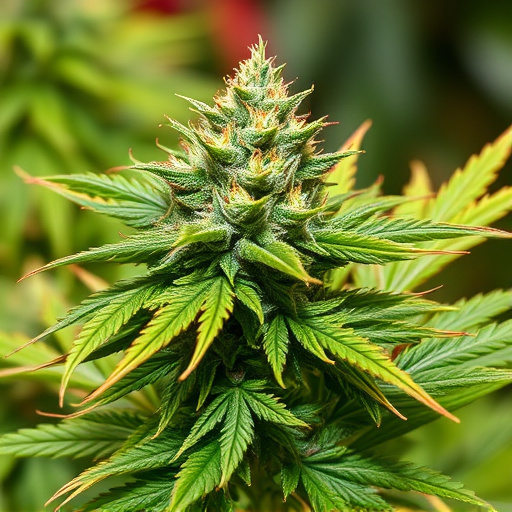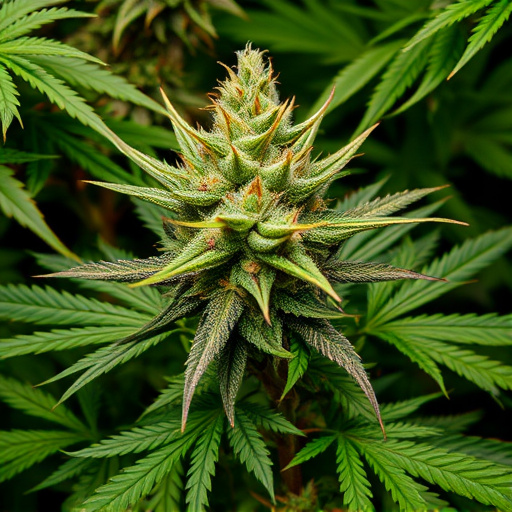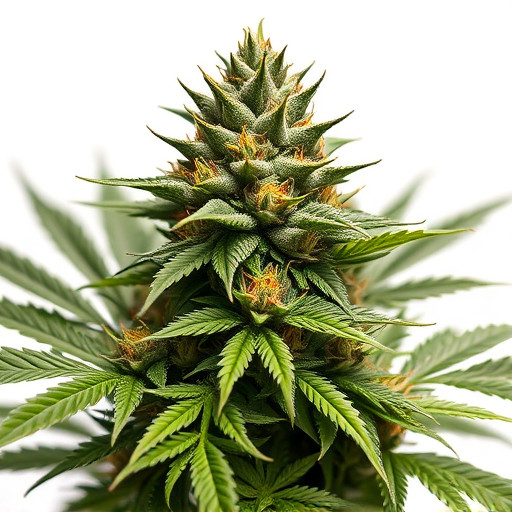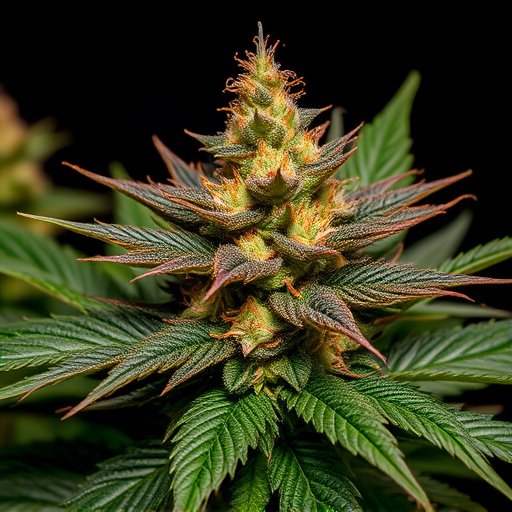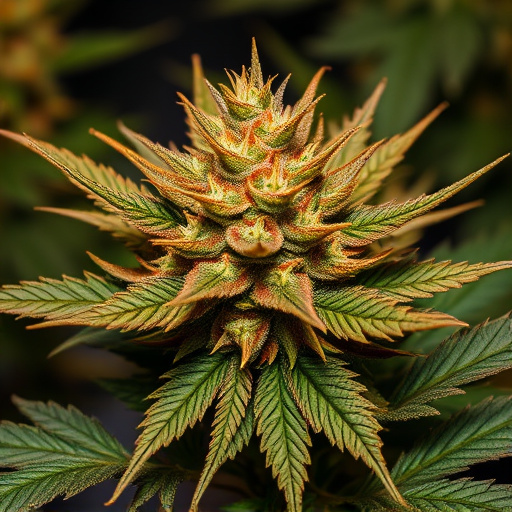- Understanding Cannabis Trichomes: The Tiny Structures That Make Up Old School Strains
- Why Trichomes Are Essential for Cannabis Quality and Potency
- Exploring the Role of Trichomes in Old School Strain Profiles and Their Legacy Impact
Understanding Cannabis Trichomes: The Tiny Structures That Make Up Old School Strains
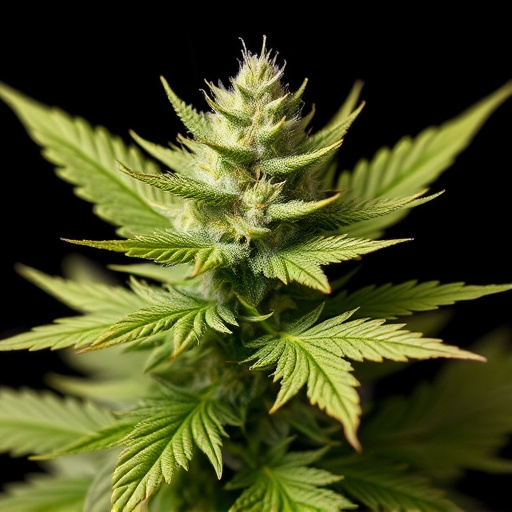
Cannabis trichomes are tiny, hair-like structures that cover the surface of cannabis plants, especially in the flowers and buds. These intricate microscopic features play a pivotal role in shaping the unique characteristics of old school cannabis strains. Trichomes secrete a wide range of chemical compounds, most notably terpenes and cannabinoids, which are responsible for the plant’s aroma, flavor, and potential therapeutic effects.
In the context of old school cannabis strains, trichomes contribute significantly to their distinct profiles. These strains, often cherished for their rich history and traditional cultivation methods, typically have higher concentrations of sticky, resinous trichomes. This resins traps and concentrates many of the valuable compounds, resulting in potent flowers with robust aromas and potential medicinal benefits. Understanding the role of trichomes is key to appreciating the nuances and heritage of old school cannabis varieties.
Why Trichomes Are Essential for Cannabis Quality and Potency
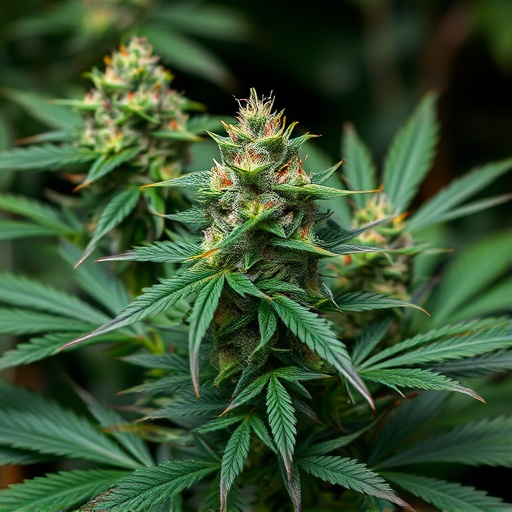
Cannabis trichomes, tiny glandular hairs that cover the surface of cannabis flowers, play a pivotal role in determining the quality and potency of this sought-after plant. These intricate structures are responsible for producing and concentrating various compounds, including terpenes and cannabinoids, that contribute to the unique aroma, flavor, and effects associated with different strains. Among old school cannabis strains, known for their robust flavors and potent profiles, trichomes stand out as the key to unlocking their full potential.
The presence and density of trichomes are indicators of a strain’s maturity and overall health. As cannabis flowers age, trichomes develop from a clear to milky appearance, signaling that valuable resins have built up within them. These resins encase and protect cannabinoids, ensuring they remain intact during harvesting and curing processes. In turn, the concentration of these compounds directly impacts the plant’s potency, making trichome analysis an essential tool for cultivators and consumers alike to assess and compare cannabis quality.
Exploring the Role of Trichomes in Old School Strain Profiles and Their Legacy Impact
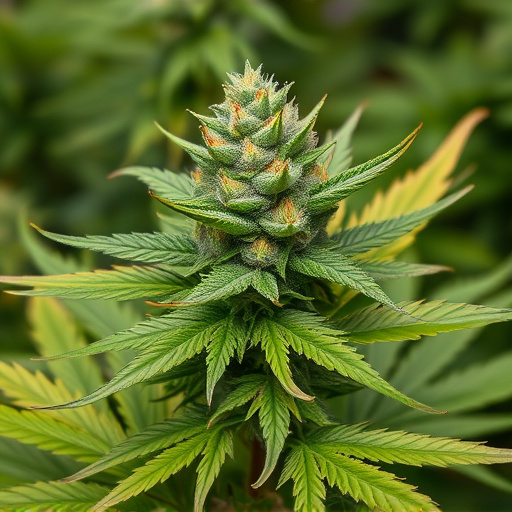
In the realm of cannabis, trichomes are often overlooked yet play a pivotal role in shaping the unique characteristics and legacy of old school strains. These tiny, glandular hairs that coat the surface of cannabis flowers have been a key factor in defining the iconic profiles of classic strains that have stood the test of time. Trichomes produce and concentrate various cannabinoids and terpenes, acting as nature’s way of protecting the plant and contributing to its medicinal and recreational allure.
The legacy impact of old school cannabis strains is deeply intertwined with their trichome composition. Strains like Acapulco Gold, Northern Lights, and Hash Plant, which emerged in earlier times, were renowned for their potent effects and distinct aromas, largely attributed to the dense trichome coverage. These trichomes not only enhanced the overall quality and potency but also played a role in the preservation of specific genetic traits passed down through generations, ensuring that the essence of these old school strains remains sought-after by cannabis enthusiasts today.
Cannabis trichomes are microscopic wonders that play a pivotal role in defining the quality, potency, and unique characteristics of old school cannabis strains. These tiny structures not only contribute to the plant’s overall health but also lock in aromatic compounds and terpenes, creating the distinct profiles we’ve come to love in classic strains. Understanding the significance of trichomes offers insight into the enduring appeal of old school varieties and their lasting impact on modern cannabis culture.
